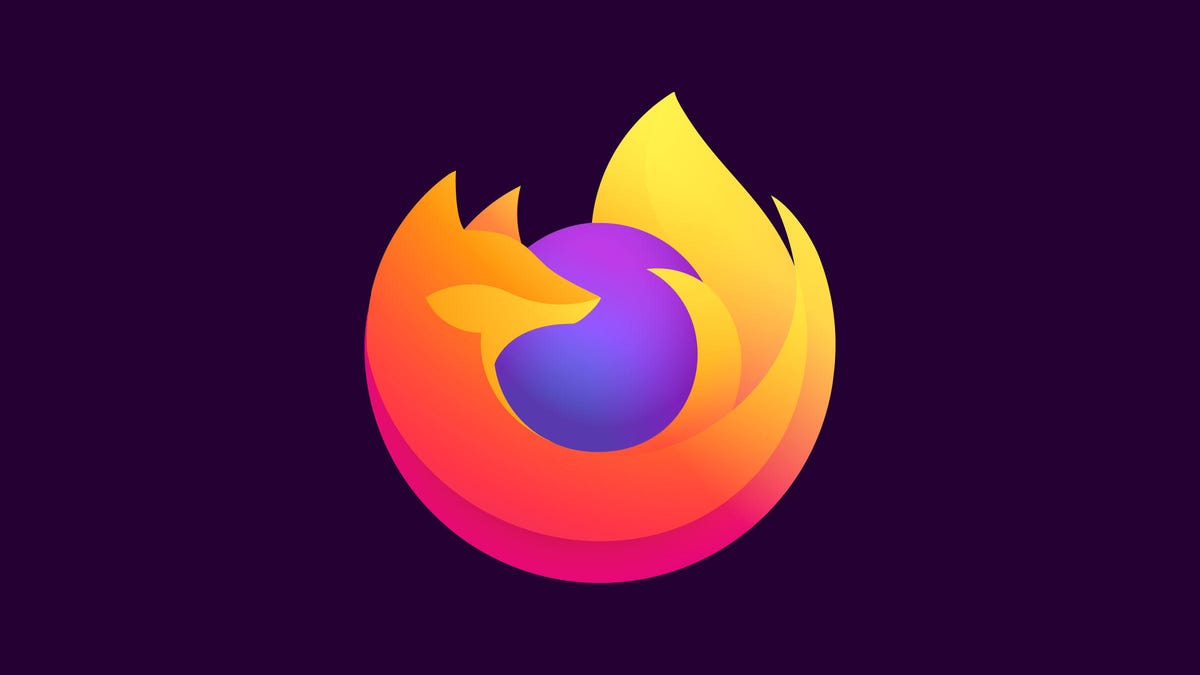Flash on Firefox will die completely in 55 days
Firefox 83 is the penultimate version of Mozilla's browser to support the once ubiquitous plug-in. Security and battery life concerns hastened its demise.

If you're still using Adobe's Flash Player, you've got 55 more days until Mozilla fully banishes it from Firefox. Firefox 83, released Tuesday, is the penultimate version of the web browser that will run Flash software, and Firefox 85 will completely disable it when it arrives on Jan. 12, 2021.
Flash expanded browser abilities with features like streaming video and gaming graphics that boosted the abilities of the web more than a decade ago. But security risks and other problems led browser makers to bypass Flash by expanding the web's built-in abilities.
Flash began at software maker Macromedia in the late 1990s, injecting new interactivity to the web and paving the way for sites like YouTube. Adobe acquired the company and advanced Flash, but despite an aggressive effort to bring Flash to Android phones, Apple Chief Executive Steve Jobs barred Flash from the iPhone. That crippled its central promise, a cross-platform programming technology that let developers reach many devices with the same software.
Adobe's loss of Flash faith began in 2011 when it killed the mobile version of Flash. Since then, browser makers have been working to steer developers off Flash as they made it harder and harder to run. In 2017, Adobe set 2020 as the date for complete Flash removal.
The timing of Mozilla's move, years after Flash's fate was sealed, shows how hard it is to uproot widely used technology. Windows XP and Internet Explorer 6 persisted long after Microsoft wanted to move on, too. Some technologies, like mainframe computers and vinyl records, have survived obsolescence, but not Flash.
Safari axed Flash with Safari 14, part of the Big Sur release in November. Chrome will phase it out in December. Microsoft stripped Flash out of Windows 10 in October.
Other changes coming in Firefox 83 include:
- A mode that only lets Firefox connect only to websites protected by HTTPS encryption, a move that blocks eavesdropping and tampering.
- Extension of the WebRender technology for faster display of websites to MacOS machines up through version 10.15, aka Catalina. It's not enabled by default yet for the new MacOS 11, aka Big Sur.
- Less battery use when restarting Firefox on MacOS if you have tabs open in minimized windows.
- Pinch to zoom support with Windows touchscreen devices and on Mac touchpads.
The new Firefox works on new M1-based Macs using Apple's Rosetta emulation software, but Mozilla is working on a version that will run natively on Apple's Arm-family chips.

